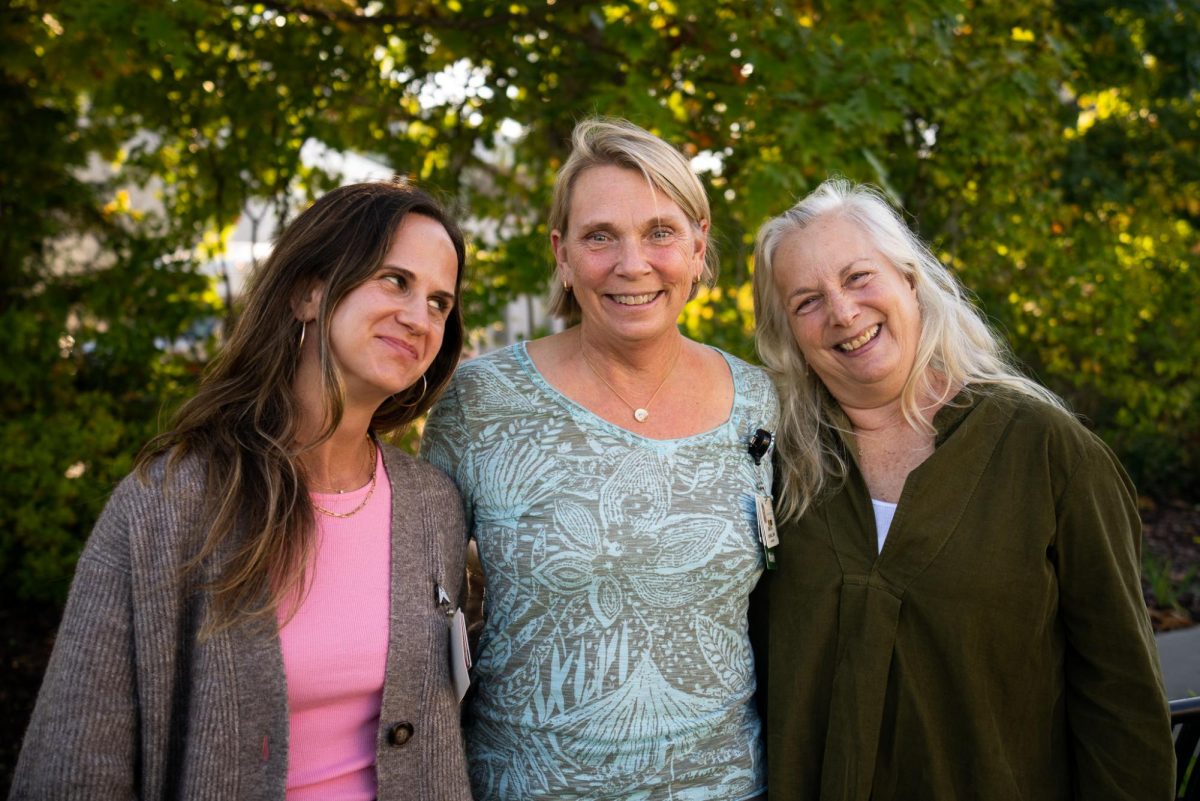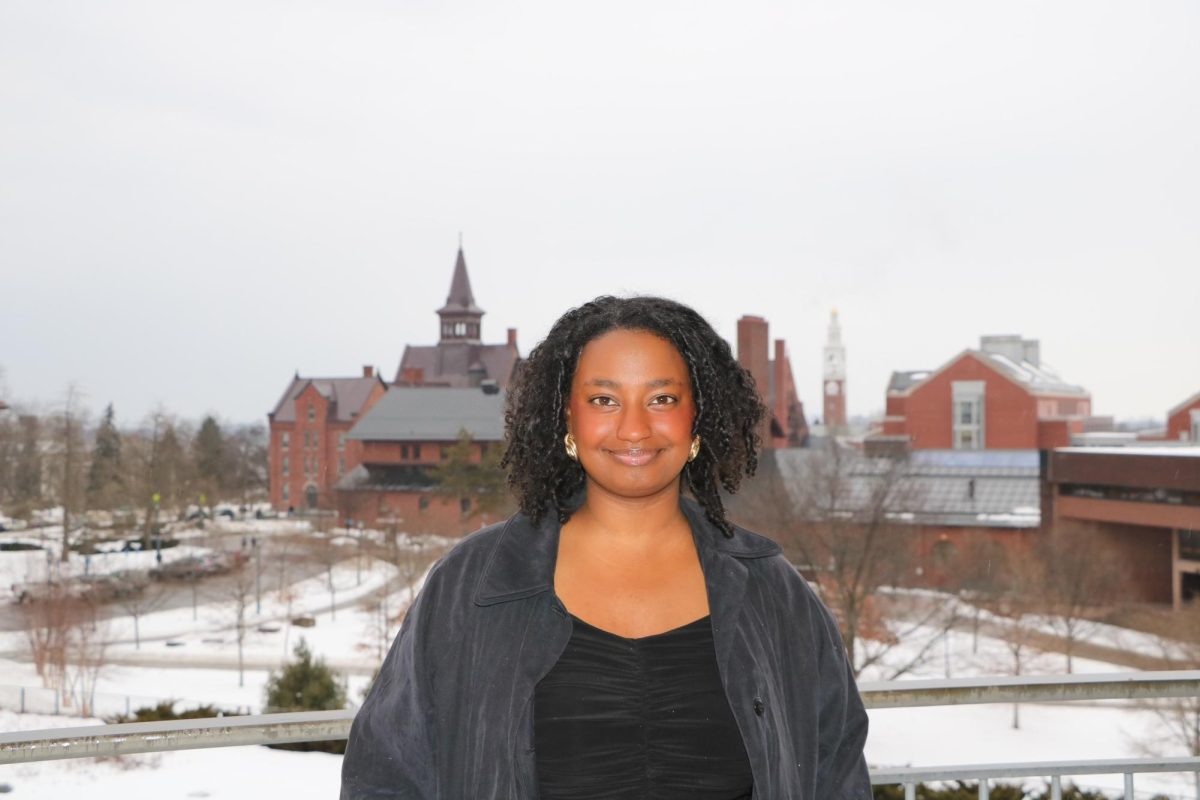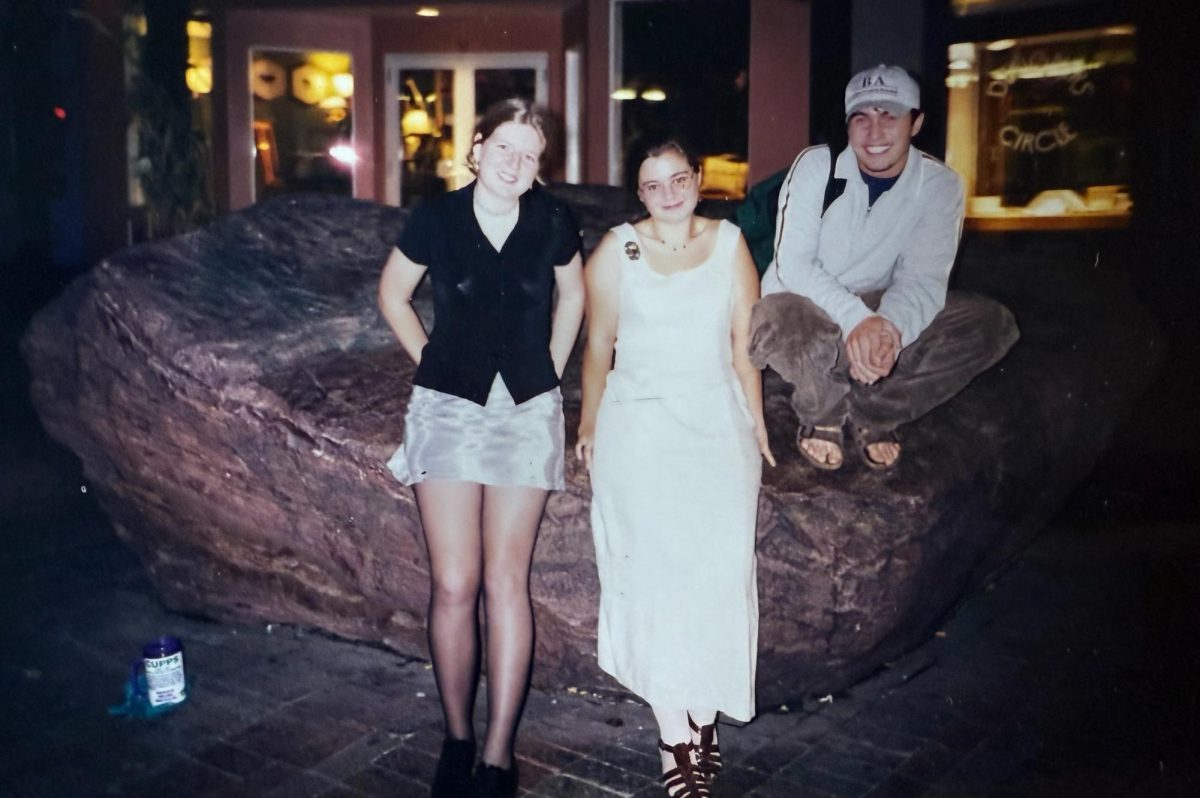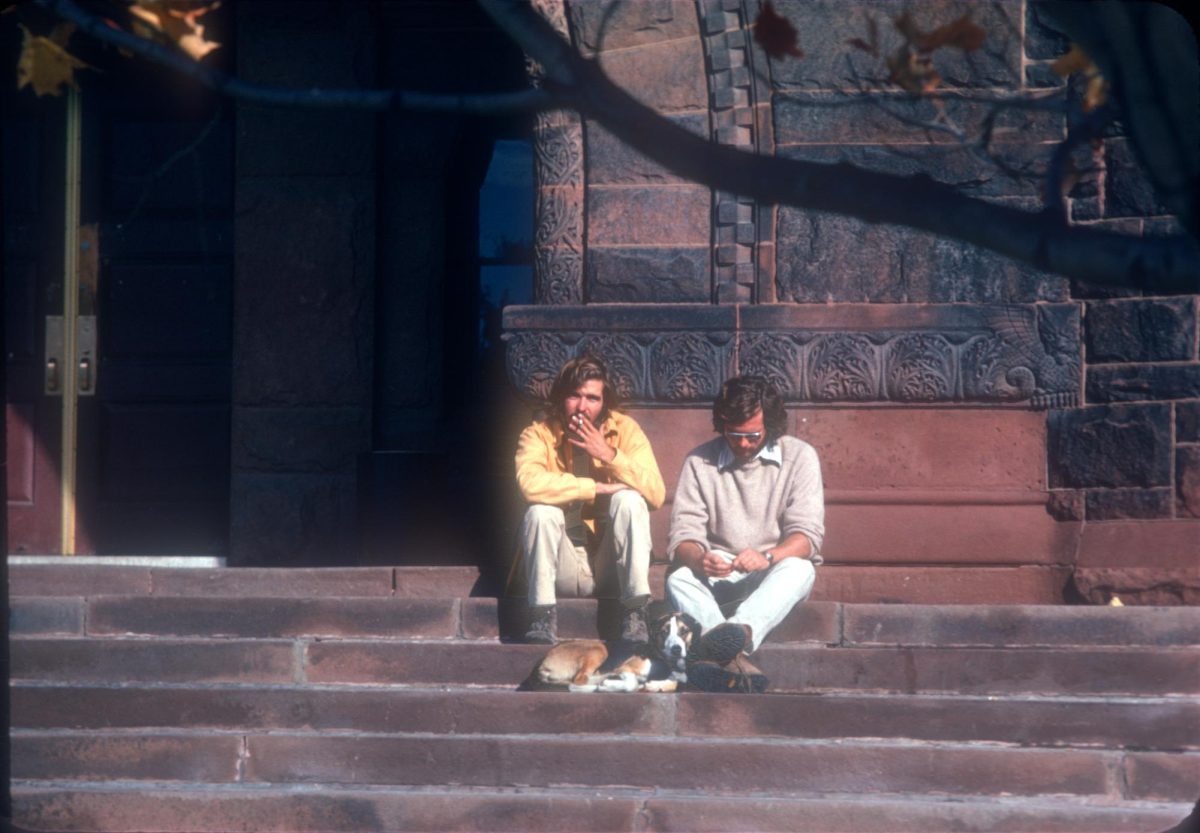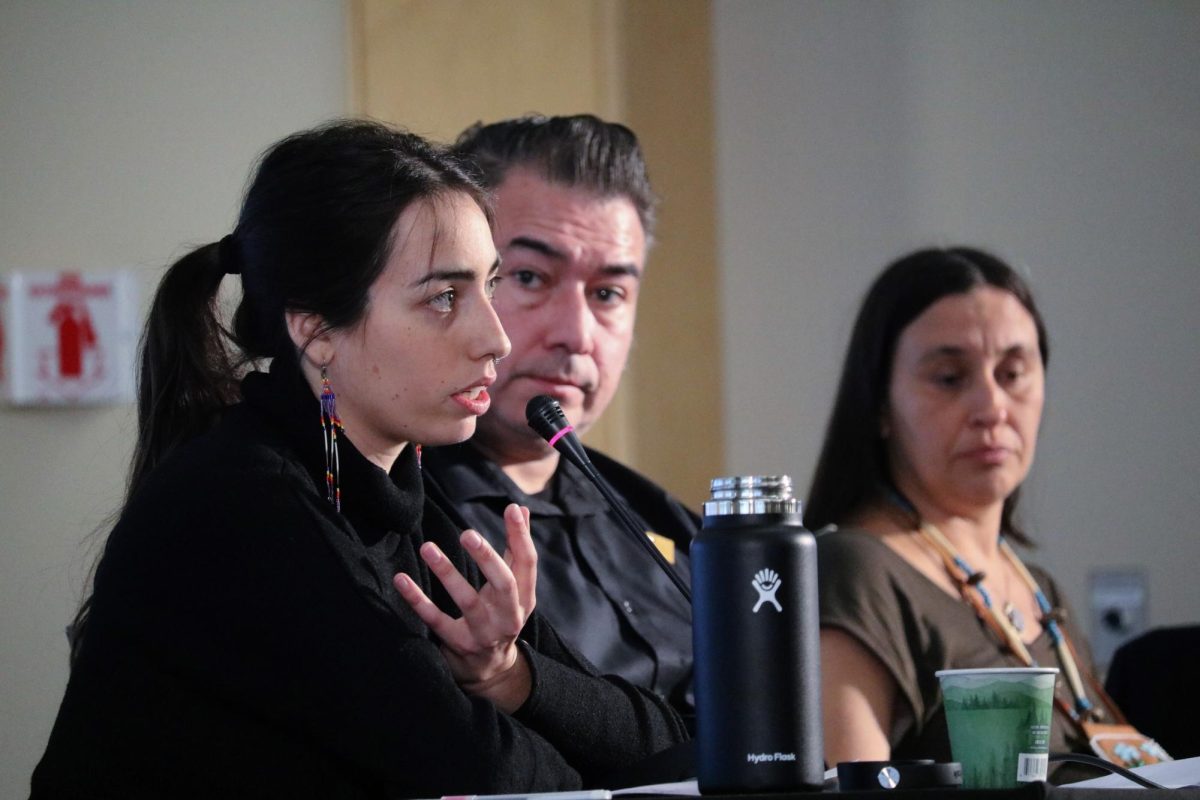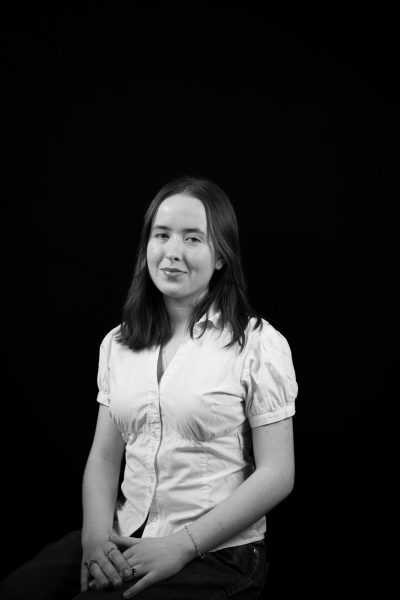When graduate student Madeleine Colton stepped into her patient’s labor and delivery room on her first shift as a volunteer doula, she was newly 18. Prior to her training, she had never seen an in-person birth, she said.
Since then, she has accumulated over 500 hours as a doula, assisting patients from a diverse set of backgrounds and experiences in their birthing processes, working alongside their medical team to provide emotional support and ease labor pains, she said.
“Every single patient I have worked with has embraced having a doula with open arms, and my age has never been an issue,” she said. “I’m so grateful that they’ve let me be a part of their birth experience.”
Doulas are non-medical support workers who help people in major life transitions, commonly birth and death, said Rachel Stanton, certified doula and program coordinator for the Volunteer Doula program at the UVM Medical Center.
UVMMC’s Volunteer Doula program consists of a staff of volunteers who work a minimum of one 12-hour shift a month, Stanton said. Anyone giving birth at the medical center can request a doula on a first-come, first-serve basis at no additional cost.
Volunteers are selected through a biannual application process in the fall and spring, Stanton said. Usually, there are more applicants than the program has space for.
Although there is no official regulation or licensing process for doulas in the state of Vermont, volunteer doulas at UVMMC are required to complete two weeks of extensive training. The training covers birthing practices, patient advocacy, pain relief techniques and emotional support for birthing people and their families, Stanton said.
This training process also places significant emphasis on combating implicit biases in a medical setting, she said.
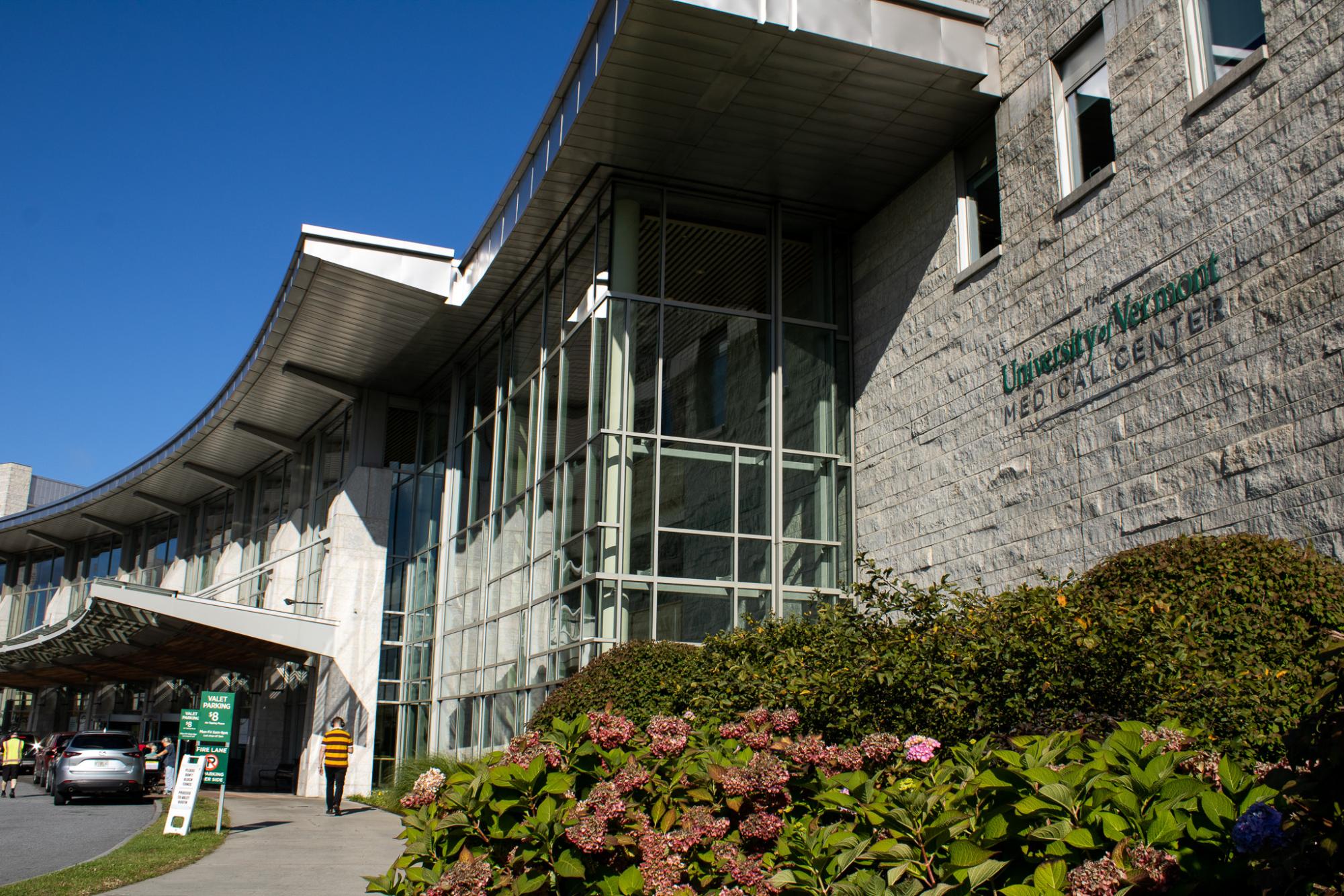
(Kaede Titus)
Guest speakers lead sessions on working with patients from a variety of cultural backgrounds, as well as disabled patients, LGBTQ+ families and those dealing with postpartum mood disorders and past experiences with trauma, Stanton said.
“The biggest thing that I’ve learned from my patients is you can do anything,” Colton said. “The human body is so amazing and so cool, and these birthing individuals are so strong.”
Another core function of a doula’s role is to serve as an advocate for their patient, ensuring their birth plan is followed as much as possible, and helping to communicate these desires regarding pain management and medical interventions to the medical team, Colton said.
“Birth has the potential to be a traumatic event,” said sophomore Katie McGuirl, who joined the program as a first-year. “A lot of people have ways they want to do it. If those wishes aren’t honored it can be really hard to have a good birthing experience.”
For years, researchers and advocates have been sounding the alarm on the U.S.’s maternal health crisis.
Maternal mortality rates in the United States are the highest of any high-income nation, despite high amounts of medical spending, according to a June 4 brief from the Commonwealth Fund.
These numbers are highest among Black and Indigenous patients, who are roughly three and two times more likely, respectively, to die from pregnancy-related complications compared with white women.
Doula services can bridge these divides and improve outcomes for mothers and babies in these communities, according to a 2023 study in Obstetrics & Gynecology.
A 2023 meta-analysis of 16 studies found that doula services were strongly associated with a variety of benefits to mothers and babies, including better birth outcomes, reduced cesarean section rates and decreased likelihood of postpartum depression.
These benefits could be made more accessible, however, as most doulas in the U.S. operate as private practitioners, and can easily cost families over $1,000 per birth. This is rarely covered by public or private insurance, Stanton said.
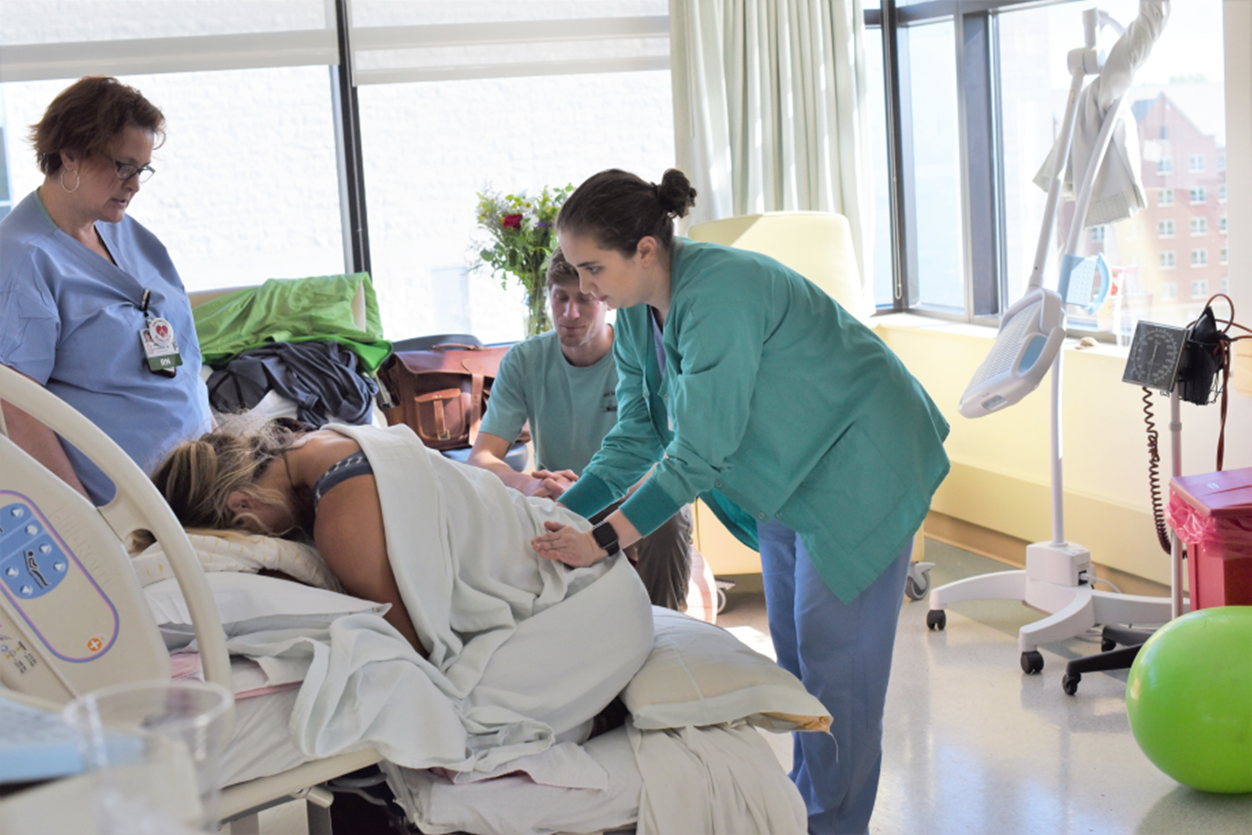
The volunteer doula program was created in 2015 by Martha Churchill, nurse practitioner and certified nurse-midwife at UVMMC, in response to inequities in maternal health care she witnessed in her work, she stated in an Sept. 18 email to the Cynic.
“People who often have worse outcomes (birthing people on Medicaid or in a lower socioeconomic status) would not be able to afford private practice doula care. This was preventing their access to known, proven beneficial care.” Churchill stated.
This June, Bill S.109 (Act 97) was enacted by the Vermont General Assembly, initiating a review of the potential costs and feasibility of providing reimbursement for doula services through Vermont Medicaid, as well as a state-wide licensing process through the Office of Professional Regulation.
Proponents of doula care see this as a crucial step in securing Medicaid coverage for the service, according to a March 26 article by VTDigger.
Senator Martine Laroque Gulick, a Democrat for Chittenden County, was one of the key sponsors of this bill. Her positive experiences having a doula with her during both of her births pushed her to sponsor the bill in the Senate, she said.
Gulick hopes critics will recognize that the benefits of providing Medicaid coverage for doula services outweigh its cost, she said.
“We have a lot of crises happening in Vermont right now,” said Gulick. “Some look at this program as it will be an added expense to Vermonters. But I would reiterate that it’s a great investment, and money that we invest in this program now will pay dividends down the road.”
Churchill acknowledges the limitations of a social program based entirely on volunteering.
“The reality is, to be able to volunteer is a privilege. In that light, volunteers are mostly white folx with education and time and means to volunteer,” she stated. “Marginalized people do not see themselves in the doulas who are there providing support for them. This is not ideal.”
Churchill hopes that Medicaid coverage will enable the creation of community-based doula programs, where individuals from marginalized communities could receive financial compensation to work as doulas for their communities, she stated.
“The volunteer doula program is an attempt to help and does provide a free service to people who would not have access otherwise. But it is a stepping stone to a more ideal form of support,” she said.


